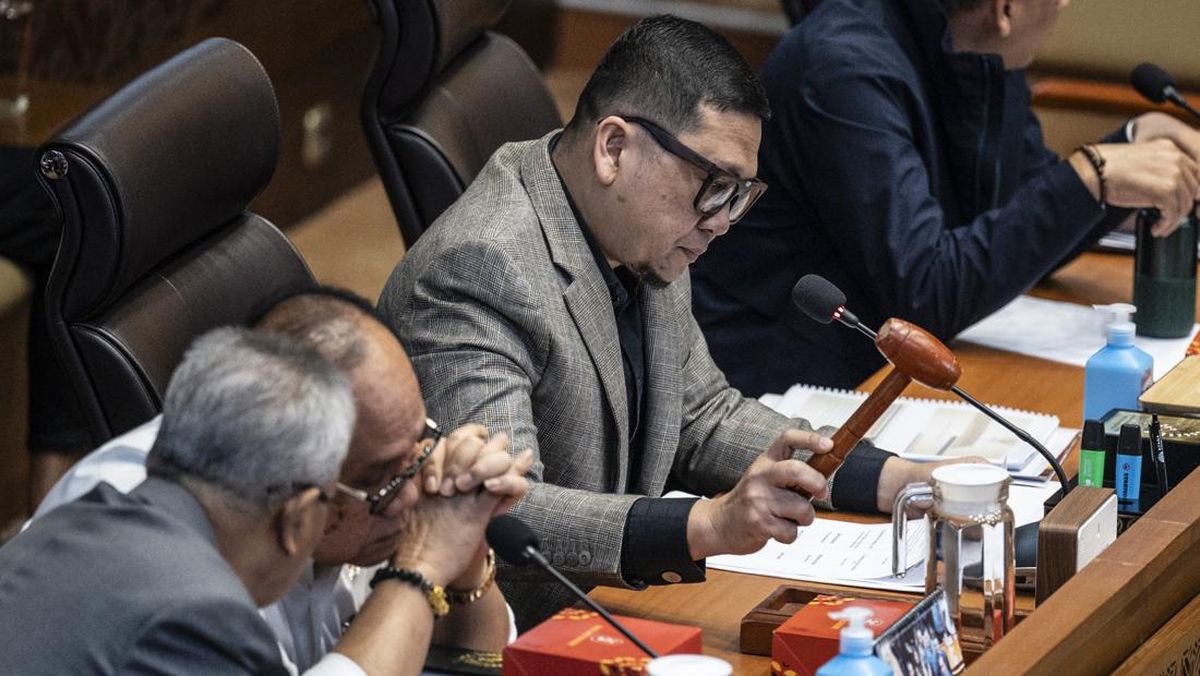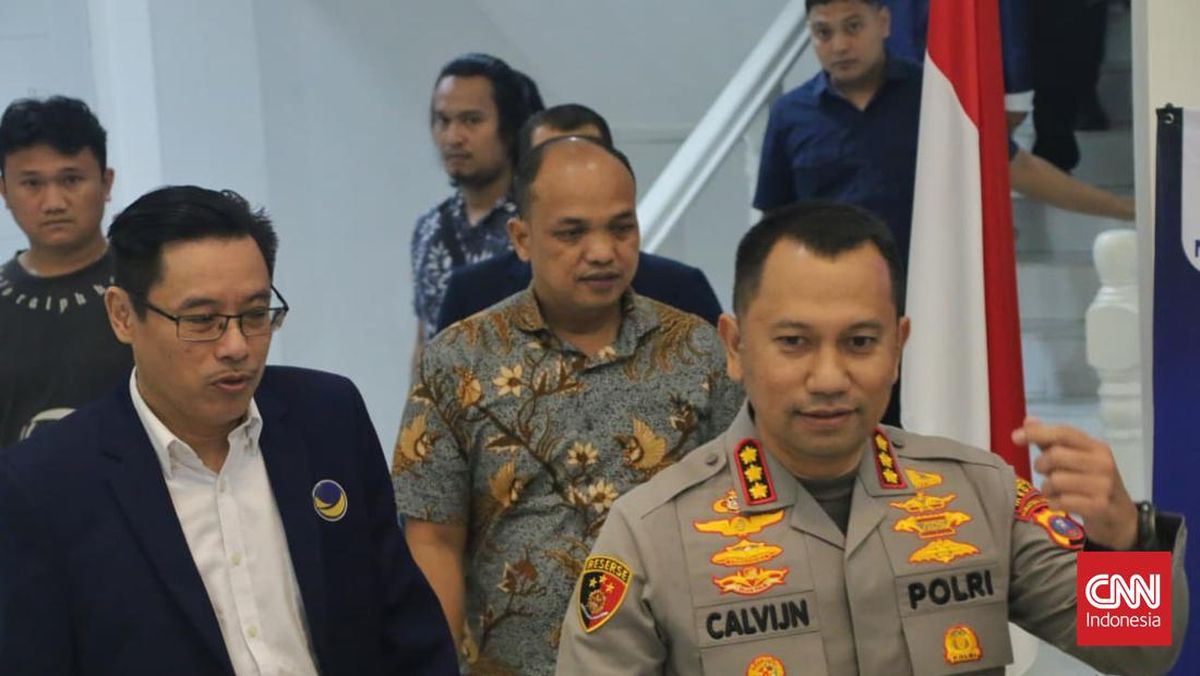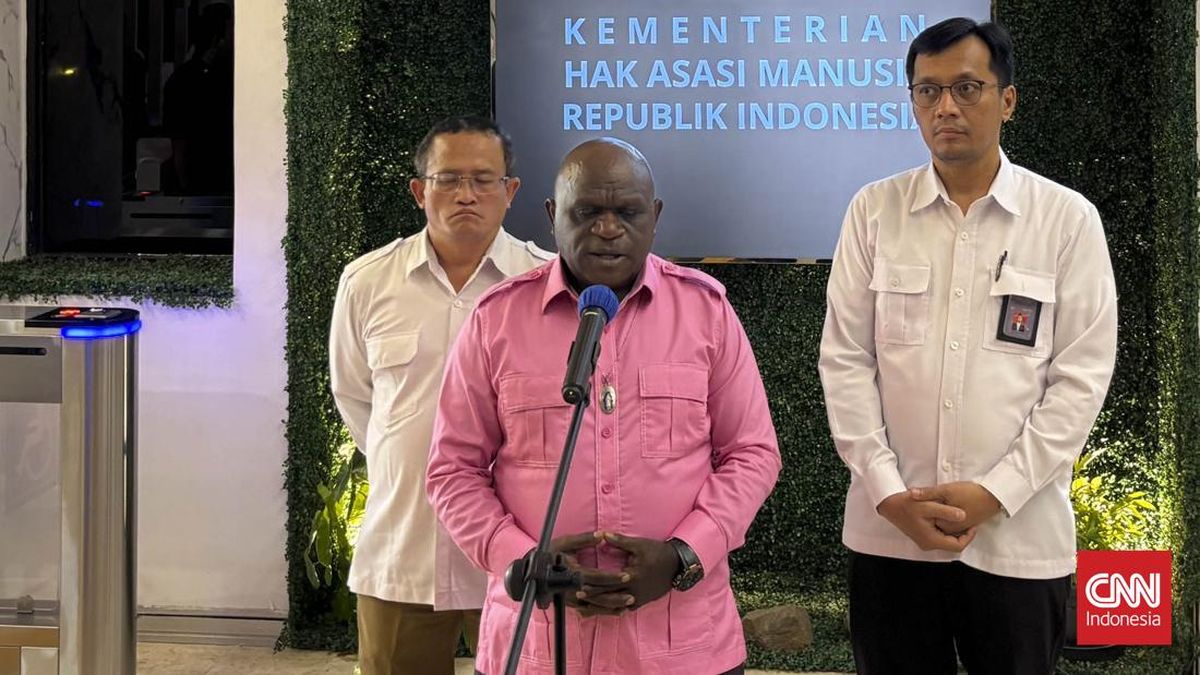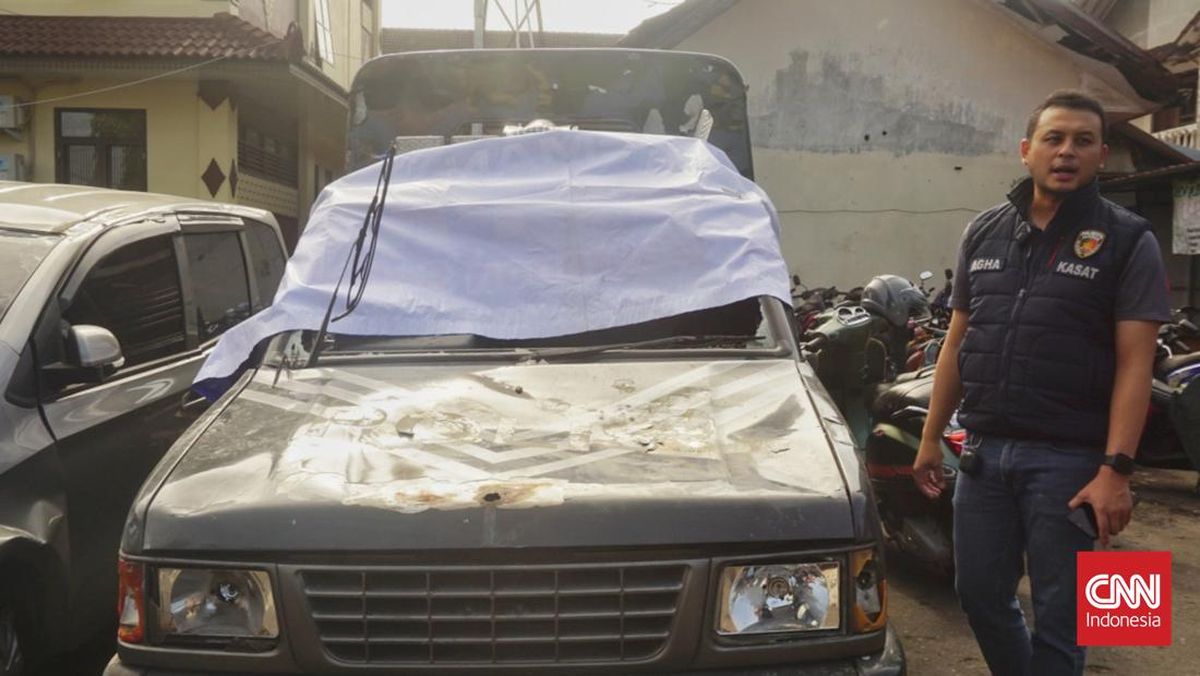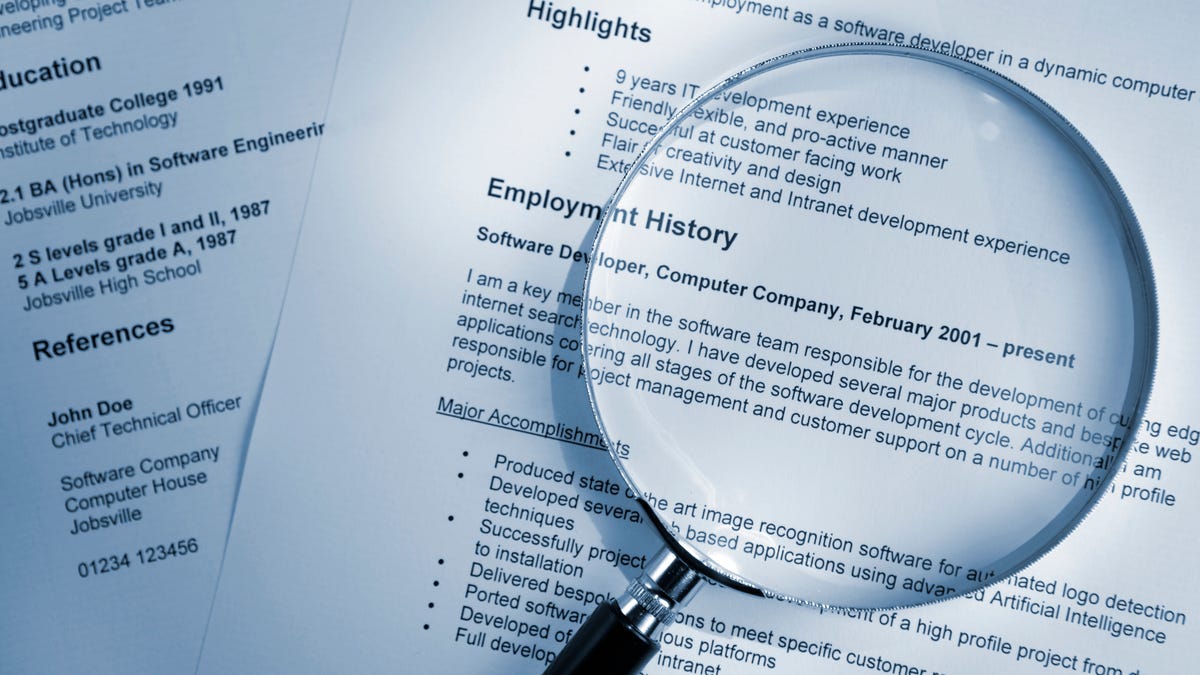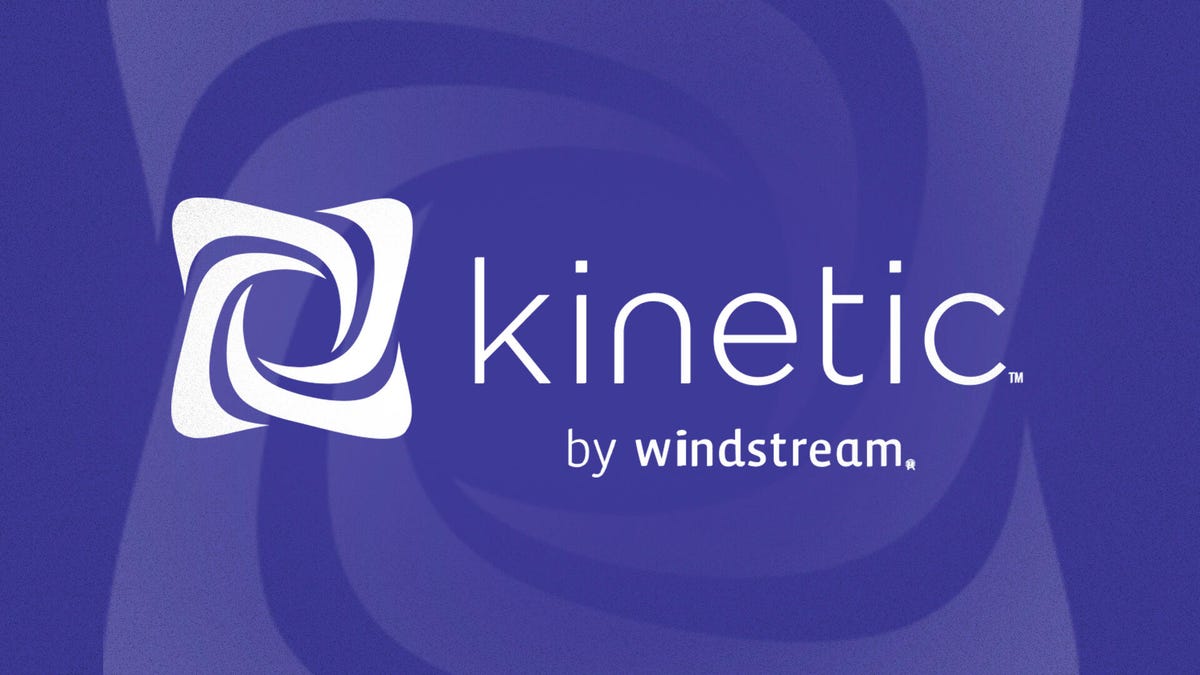When a hurricane forms or a river swells, the urgent question isn't just where the crisis will strike, but who will be hit the hardest. Google's latest update to Earth AI aims to answer both questions at once.
The company said Thursday that it's expanding its geospatial technology, pairing its Gemini AI model with the vast store of weather, population and satellite data it has built over decades of mapping the planet. The result is a system that can connect the dots between physical events and human impact -- predicting not just the storm, but the communities most vulnerable to it.
Read also: Google Earth Is 20, and the Digital Globe Has 2 Handy New Features for You
Don't miss any of our unbiased tech content and lab-based reviews. Add CNET as a preferred Google source.
Google Earth AI's new features
At the heart of the update is a feature that Google Earth calls geospatial reasoning. It's essentially a connective layer that lets AI "think across" different types of Earth data -- weather forecasts, population maps, imagery -- to produce more complete answers.
Instead of simply showing where a cyclone might make landfall, for example, this geospatial reasoning works to identify which neighborhoods are likely to flood, how many people live there and what infrastructure, such as power lines, might fail first. Google says that approach is already helping groups like GiveDirectly, which uses the system to pinpoint households most in need of cash aid after a flood.
Rather than show where a storm may hit, Geospatial Reasoning can identify which neighborhoods are likely to flood, how many people live there and what infrastructure is at risk.
Google EarthThis is part of a broader trend within Google to use Gemini not just for chatting or coding, but to reason about the physical world. "To solve a complex problem, you need to see the whole picture," the company wrote in its press release, and geospatial reasoning is designed to do that.
The new capabilities also reach into Google Earth, where users can now ask questions directly in natural language, typing phrases like "find algae blooms" or "show where rivers have dried up." Gemini scans satellite imagery to locate patterns that would once have required teams of analysts and custom GIS (geographic information system) scripts.
A city official, for instance, could pull up flood forecasts, cross-reference them with population data, and quickly identify which hospitals or power lines are most at risk. What used to take days or weeks of analysis could now happen in minutes.
Read also: Stay Prepared for Natural Disasters by Packing a Go Bag
AI models come to Google Cloud
For governments, nongovernmental organizations and companies with their own data, Google is also bringing its core Earth AI models -- covering imagery, population and environmental layers -- to Google Cloud. A select group of Trusted Testers can now blend those models with their proprietary datasets to track everything from vegetation encroaching on power lines to pollution near schools.
Organizations, such as the World Health Organization's Africa office, are already utilizing the system to forecast cholera outbreaks in the Democratic Republic of Congo, while insurers and energy companies are testing it for damage prediction and outage prevention.
According to Google Earth, you can now ask questions to find objects or patterns in satellite imagery, such as "find algae blooms" in order to monitor water supply.
Google EarthDisaster prediction over disaster reaction
These updates build on Google's existing crisis tools, including flood forecasting that already covers more than 2 billion people. During the 2025 wildfires in California, Google's alerts reached 15 million residents. But with Gemini now woven into Google Earth AI, the company is trying to move from reactive alerts to proactive prevention, helping responders anticipate what's coming and who needs help first.
For now, most of these features are limited to early testers, but Google says it plans to expand access in the coming months. If it works as promised, Earth AI could make global disaster response less about scrambling to catch up and more about staying one step ahead of the storm or natural disaster.

 5 hours ago
1
5 hours ago
1




